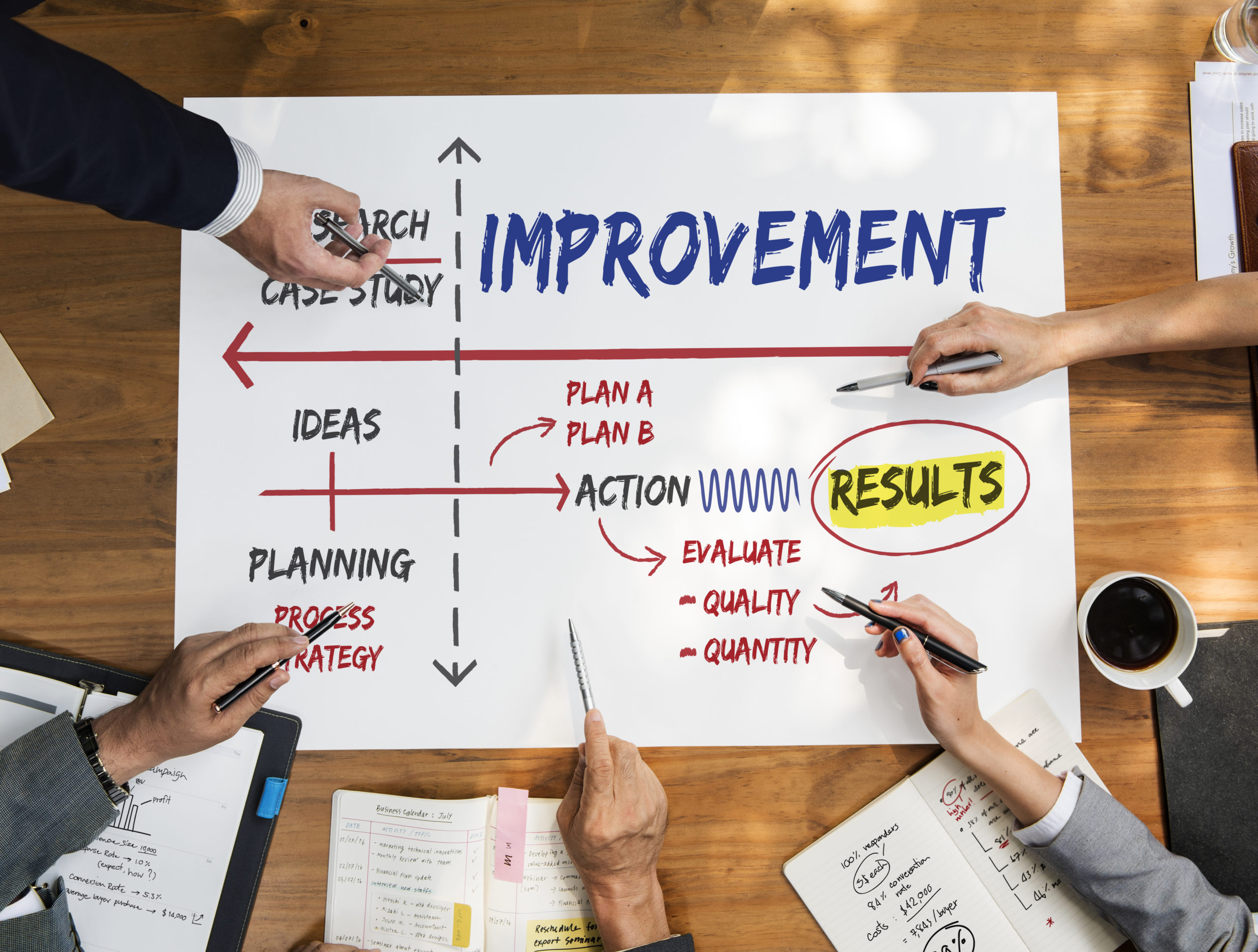April 19 | 12:00 pm -1:00 pm EST
After Action Reports (AAR) are defined as “a detailed critical summary or analysis of a past event, created to re-assess decisions and consider possible alternatives for future scenarios.” AAR’s are critical learning tools and should be must-reads for stakeholders. Learn how to review and use AAR’s from several critical events to improve your school(s) security.
Attendee Takeaways:
1. Participants will be able to identify key components of an AAR
2. Participants will be able to review details of an AAR and incorporate lessons learned into their day-to-day
3. Participants will learn to look beyond the words to improve their school(s) safety programs
Presenter

Jason Stoddard, Director of School Safety and Security, Charles County Public Schools (MD)
Jason is the director of school safety and security for Charles County Public Schools. He is responsible for sustaining a safe learning and work environment for over 28,000 students and nearly 4,000 staff members. Since serving the schools in July of 2018, he has created the Office of School Safety and Security and has been awarded a number of state-of-the-art programs and technologies that have enhanced school safety for students and staff. Prior to joining the schools, he retired as a lieutenant with Charles County Sheriff’s Office.








